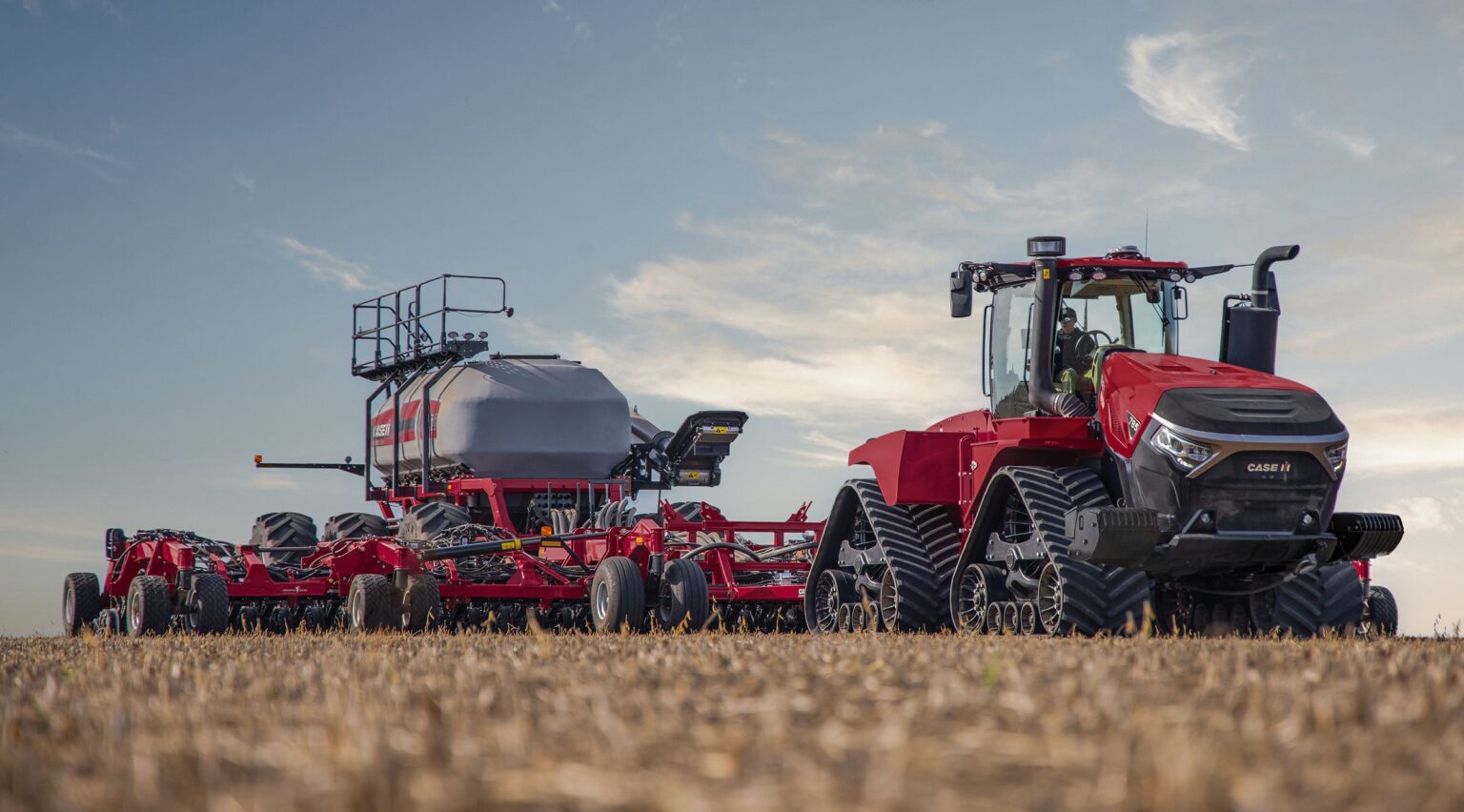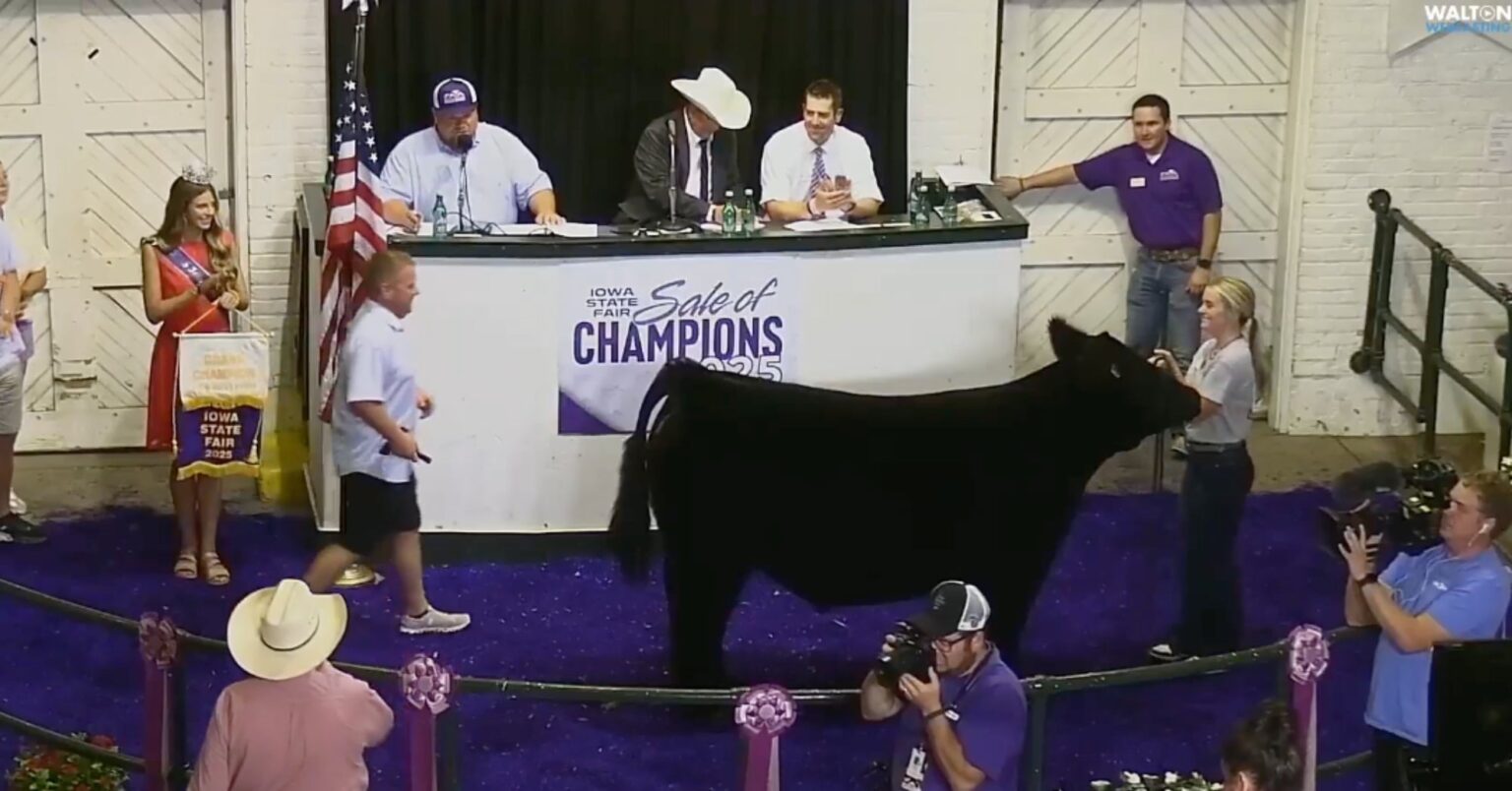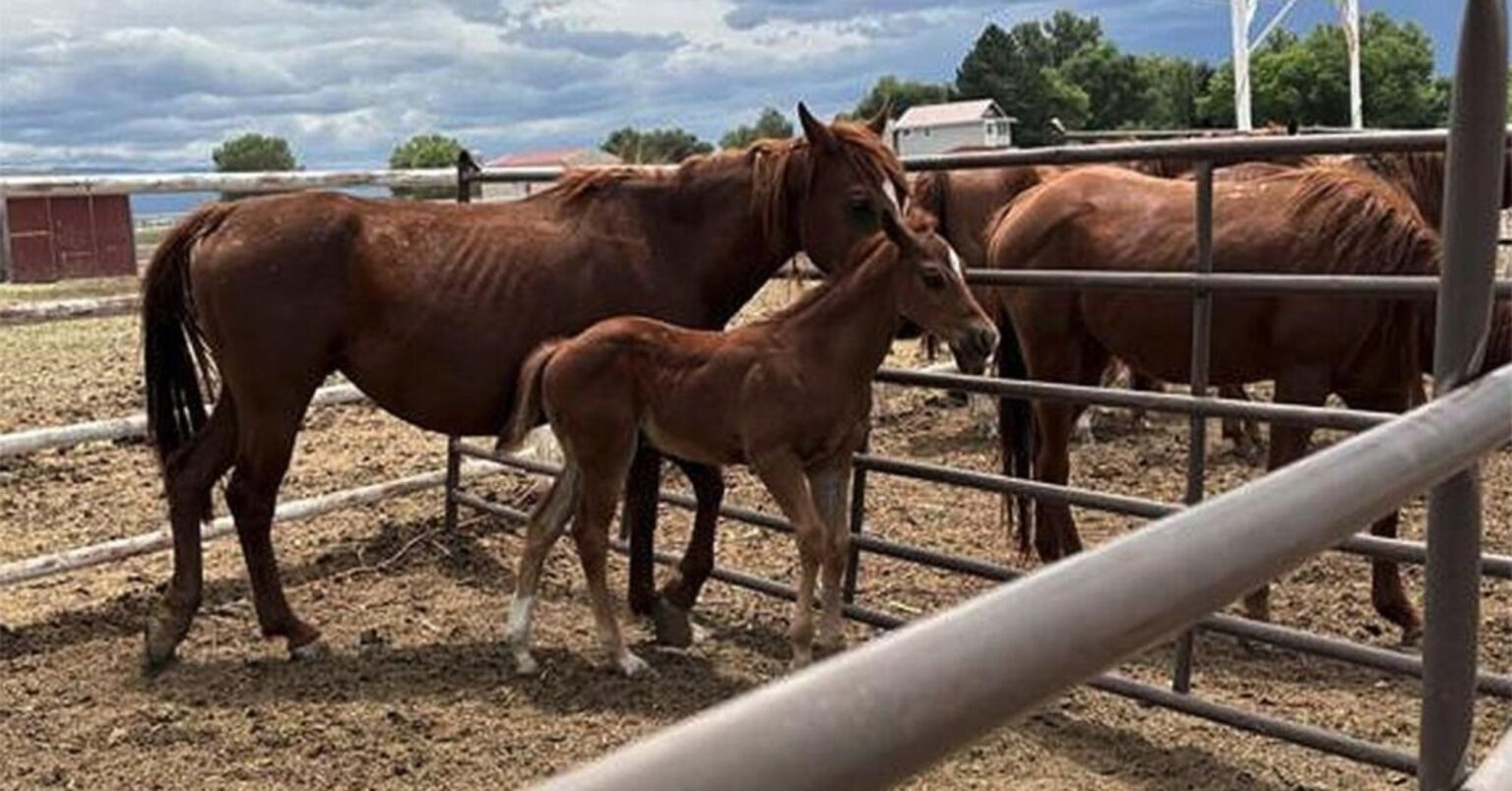Subscribe to Updates
Get the latest agriculture news and updates directly to your inbox.
Author: staff
Producing almost 10% more horsepower than the Steiger 715 Quadtrac, the new Steiger 785 Quadtrac is the latest addition to the Case IH tractor lineup. The newest Steiger offers 853 peak hp and 40% torque rise, allowing farmers to pull the same implements faster or larger implements without a reduction in speed. Farmers can access subscription-free, integrated precision technology that delivers automation-driven features, such as AccuTurn Pro and AccuSync, along with data through FieldOps that helps meet the unique needs of their operation. “We understand the demands of farming are only increasing. The Steiger 785 Quadtrac is a workhorse designed…
Can-Am has announced its next-generation off-road lineup for 2026, introducing a wave of innovation across utility and recreational vehicles. From a fully electric ATV to an overhauled Defender workhorse, the new models are designed to push performance, durability, and rider experience to new heights. “Innovation is at the core of Can-Am’s DNA,” said Julie Tourville, Director of Global Marketing, Can-Am Off-Road. “From the first full-size production electric ATV to the next generation Defender, we’re pushing the limits to give our riders more performance, comfort, and reliability than ever before.” The all-new Defender HD11 Trusted by farmers, ranchers, and outdoor adventurers,…
Farm equipment giant John Deere has confirmed that it will lay off 238 employees across three manufacturing facilities in Illinois and Iowa, citing decreased demand and lower order volumes for its machinery. The announcement follows the company’s third-quarter earnings release, which showed significant sales declines in its core farm and precision agriculture division. Deere said the downturn in the ag economy, marked by high input costs, lower commodity prices, and cautious capital spending by farmers, is weighing heavily on equipment orders. The reductions will affect employees at three key plants: Harvester Works (East Moline, Ill.): 115 workers, last day August…
Massey Ferguson has updated its 5M Series tractor, designed to be a high-hour, multitasking workhorse. “From a versatility standpoint, the Massey Ferguson 5M is the ‘jack of all trades’ for tractors,” said Kevin Lewallen, tactical marketing manager for compact and utility equipment at Massey Ferguson. “You can tailor it to your specific needs — so you can pay for the things that you find value in, and not the things you don’t.” Versatile Build Options The 5M is available in four horsepower options: 105, 115, 135, and 145 hp. Farmers can select between two transmission options: the 12×12 transmission or…
The Steiger Series is Case IH’s most iconic lineup of quadtrac machines, and at the 2025 Farm Progress Show being held next week in Decatur, Illinois, Case is giving the its highest-end Steiger Series tractor a nearly 10 percent boost in horsepower. The newest tractor, the Steiger 785 Quadtrac, offers 853 peak hp and is intended to help farmers to handle larger implements or pull the same implements even faster. Designed to provide more power to the ground, the Steiger 785 Quadtrac also offers an impressive 40 percent torque rise, a superior operator experience, and increased cab comfort. “We understand…
Today, the USDA published the 20th Crop Progress report of the 2025 growing season. Here’s a look at the latest corn, soybean, wheat, and oat numbers. Corn As of Aug. 17, 97% of the corn crop across the country’s top 18 corn-growing states had reached the silking stage. Progress is just shy of the five-year average of 98%. The USDA said 72% of the nation’s corn crop had reached the dough stage, one point behind the five-year average. Twenty-seven percent of the crop across all top states had reached the dent stage by Aug. 17, which is one percentage point ahead of average. This…
Top Third Ag Marketing helps farmers become better agricultural marketers with the goal of marketing crops and livestock in the top third of prices. Mark Gold and his team provide AGDAILY.com with the latest information and a look ahead in their audio commentary. Listen here! https://www.agdaily.com/wp-content/uploads/2025/08/top-third-agdaily-2025-08-18.mp3 The post Markets in Minutes: Top Third looks ahead for week of Aug. 18, 2025 appeared first on AGDAILY.
The annual Iowa State Fair Sale of Champions once again proved to be a showcase of Iowa’s finest youth exhibitors, championship livestock, and the strong community support that sustains the future of agriculture in the state. Managed by the Iowa Foundation for Agricultural Advancement, the sale features standout 4-H and FFA exhibitors auctioning off their Grand and Reserve Grand Champion animals at the Penningroth Media Center during the Sale of Champions. This year’s champions brought record-breaking results in the show ring and at the auction block. Klaire Shanks led the way with her Grand Champion 4-H Market Steer, which sold…
Can-Am’s flagship Defender UTV series has gotten a complete redesign for model year 2026, featuring a new engine, and a variety of creature comforts. “At Can-Am, we know that the clock never stops for the farmers, ranchers and builders around the world,” said Julie Tourville, director for global marketing at Can-Am Off-Road. “This new Defender platform is built to prove it and match the unstoppable spirit of our hardworking customers. From managing farmland, to running a job site, or escaping to the backcountry, the new generation Defender is all about bringing true value to our riders with practical and best-in-class…
A Montrose County, Colorado, man is facing 84 misdemeanor counts of animal cruelty after authorities seized nearly 80 horses and several other animals from his property earlier this summer. He has strongly disputed the allegations. According to the Montrose County Sheriff’s Office, the case began when deputies received two separate reports of dead horses on the rural property of Scott W. Flores, 61, in late May and mid-June. Following those reports, an animal control officer photographed conditions on the property and contacted the Bureau of Animal Protection, part of the Colorado Department of Agriculture. Investigators with BAP obtained an administrative…


:max_bytes(150000):strip_icc()/6895916340_5f396535f9_o-972ad5a673d34233ba418fcaee4f3f33.jpg)
:max_bytes(150000):strip_icc()/50887088248_8702e49156_o-2-2000-c4d93817d27d4a1aa804c07afd06f145.jpg)
:max_bytes(150000):strip_icc()/CombineHarvestingSoybeans-MediumShot-1-2000-3c4824481cd24341a1466a26271affbd.jpg)


:max_bytes(150000):strip_icc()/Steiger_785_w_Graincart_Beauty_0019_10-24copy-ce6cd0e9af71498e810c0bda2d11a710.jpg)


:max_bytes(150000):strip_icc()/MasseyFerguson5Mseriestractor-dc8f9f4fe5284a849545935c216587af.jpg)

:max_bytes(150000):strip_icc()/IMG_7578-4575d20fbadb4cbd8188b00e6dd4081b.jpeg)

:max_bytes(150000):strip_icc()/250811_MY26_04203-45f35ee9404847418f1d296ba50d6e70.jpg)
